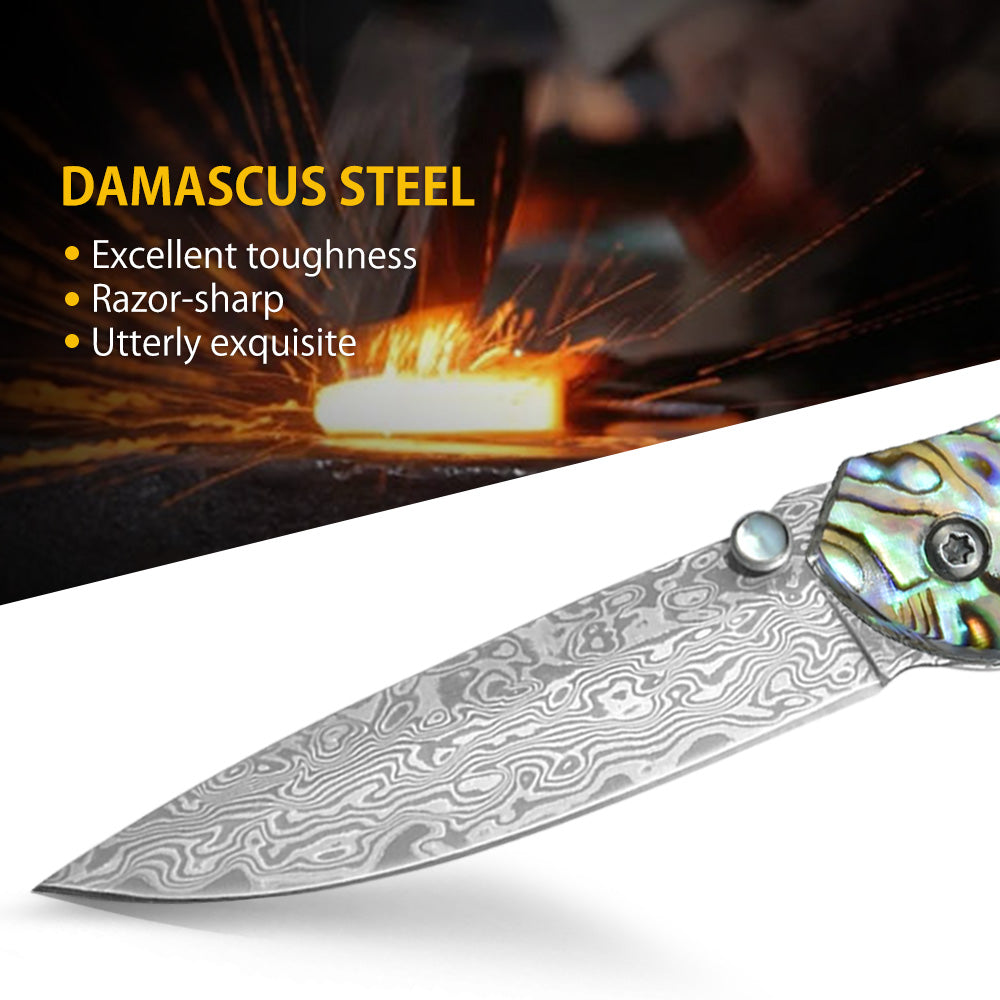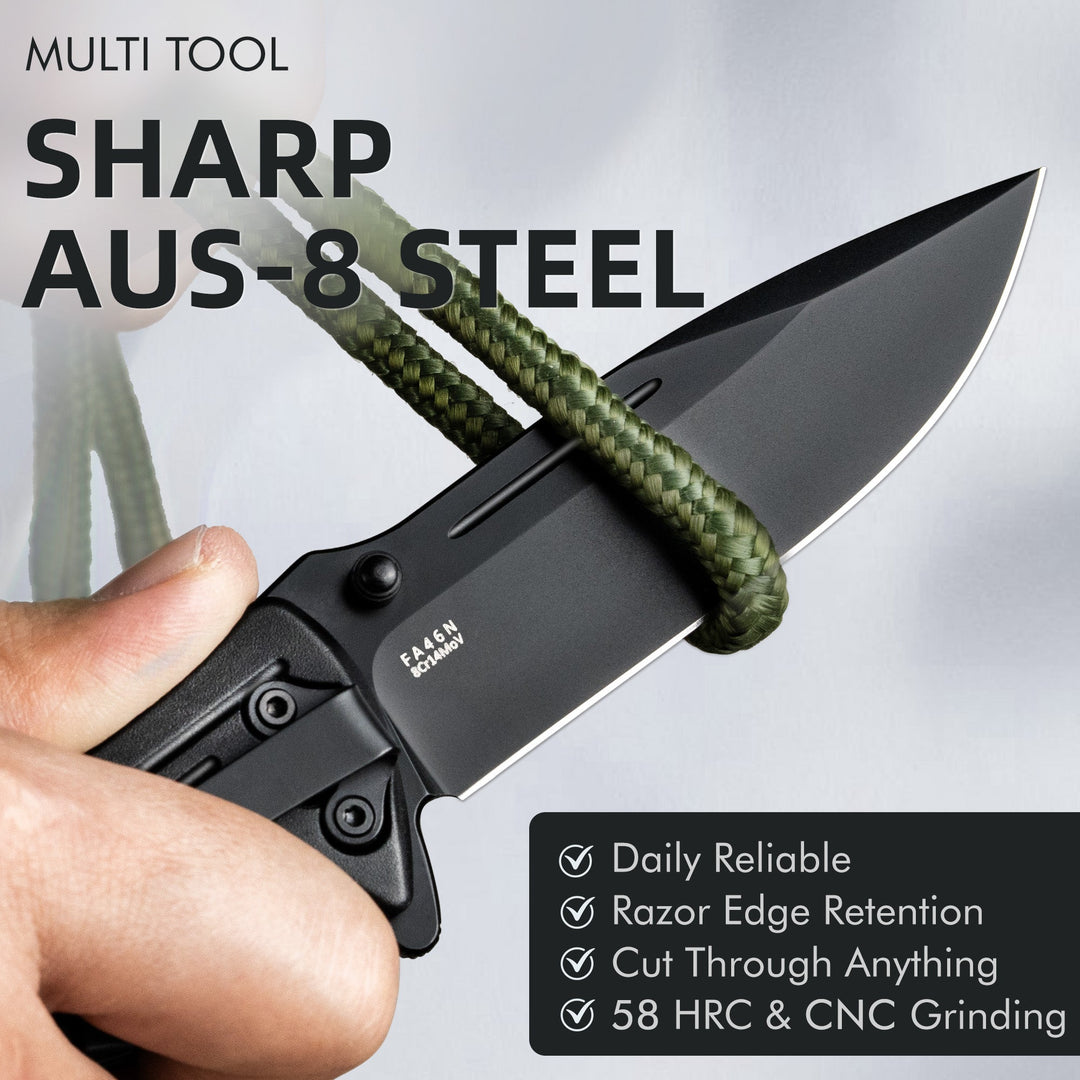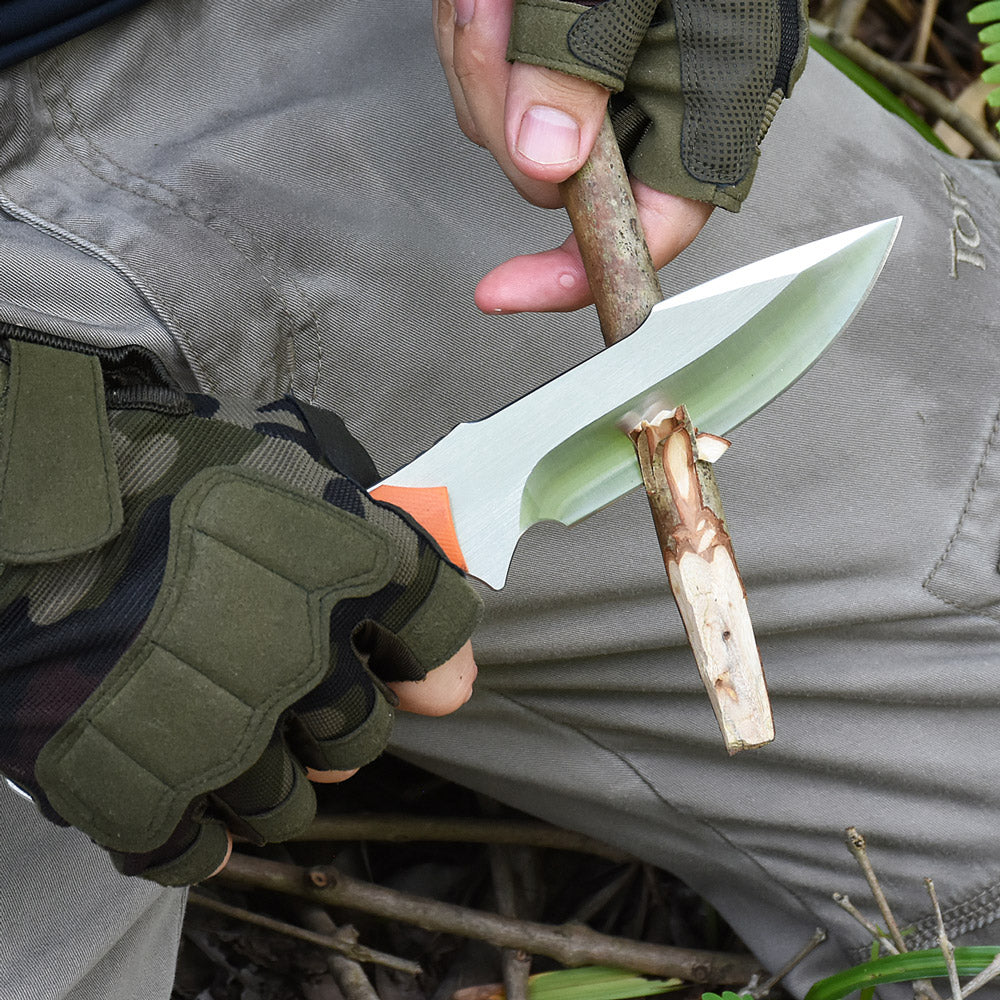How to Choose the Right Pocket Knife
A pocket knife can be a versatile and essential tool for everyday use, outdoor adventures, or emergency situations. However, with so many options available, choosing the right one can be daunting. To help you make an informed decision, here are some key factors to consider when selecting the perfect pocket knife for your needs.
## 1. Blade Type
The type of blade you choose will significantly impact the knife's performance and suitability for different tasks. Here are a few common blade types:
- **Straight Edge:** Ideal for precise cutting and slicing, straight-edge blades are versatile and easy to sharpen.
- **Serrated Edge:** Perfect for cutting through tough materials like rope or fabric, serrated blades are great for outdoor and emergency use.
- **Combo Edge:** A combination of straight and serrated edges, providing the best of both worlds for versatile cutting tasks.
## 2. Blade Material
The material of the blade determines its durability, sharpness, and resistance to corrosion. Common blade materials include:
- **Stainless Steel:** Known for its corrosion resistance and ease of maintenance, stainless steel blades are a popular choice for everyday use.
- **Carbon Steel:** Offering excellent sharpness and edge retention, carbon steel blades require more maintenance to prevent rusting.
- **High Carbon Stainless Steel:** Combining the best of both worlds, high carbon stainless steel blades provide durability, sharpness, and corrosion resistance.
## 3. Blade Length
The length of the blade will depend on your intended use and personal preference. Here are some general guidelines:
- **Small Blades (2.5 inches or less):** Ideal for everyday carry (EDC) and small tasks, such as opening packages or cutting string.
- **Medium Blades (2.5 to 4 inches):** Versatile and suitable for a wide range of tasks, from food preparation to light outdoor activities.
- **Large Blades (4 inches or more):** Best for heavy-duty tasks and outdoor use, such as camping or hunting.
## 4. Handle Material
The handle material affects the knife's grip, comfort, and durability. Common handle materials include:
- **Plastic:** Lightweight and affordable, plastic handles are easy to maintain but may not provide the best grip.
- **Wood:** Offering a classic and aesthetically pleasing look, wood handles are comfortable but may require more maintenance.
- **Metal:** Durable and strong, metal handles provide a solid grip but can be heavy and cold to the touch.
- **G-10 or Micarta:** These composite materials are lightweight, durable, and offer excellent grip, making them a popular choice for high-quality pocket knives.
## 5. Locking Mechanism
A secure locking mechanism is essential for safety and ease of use. Some common locking mechanisms include:
- **Liner Lock:** A popular and easy-to-use mechanism where a metal liner inside the handle locks the blade in place.
- **Frame Lock:** Similar to a liner lock but uses the knife's frame to lock the blade, providing extra strength and durability.
- **Back Lock:** A traditional locking mechanism where a lever on the back of the handle locks the blade in place.
- **Axis Lock:** A modern and reliable mechanism that uses a spring-loaded bar to lock the blade securely.
## 6. Additional Features
Depending on your needs, you may want to consider additional features such as:
- **One-Handed Opening:** Allows for quick and easy access to the blade with one hand.
- **Pocket Clip:** Provides convenient and secure carry by attaching the knife to your pocket or belt.
- **Multi-Tool Functions:** Some pocket knives come with additional tools like screwdrivers, bottle openers, and scissors, adding to their versatility.
## Conclusion
Choosing the right pocket knife is a personal decision that depends on your specific needs and preferences. By considering factors such as blade type, material, length, handle material, locking mechanism, and additional features, you can find the perfect pocket knife to suit your lifestyle. Remember, a good pocket knife is not just a tool—it's an investment in your safety and convenience.
---
I hope you find this guide helpful! If you have any further questions or need more specific recommendations, feel free to ask. 😊




